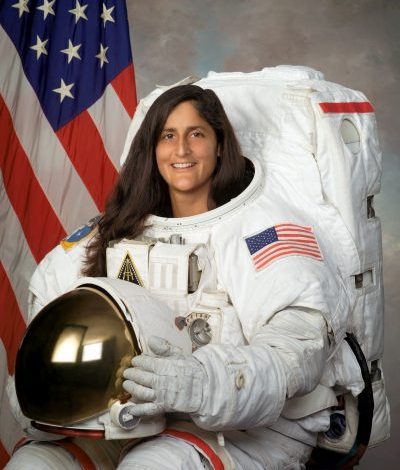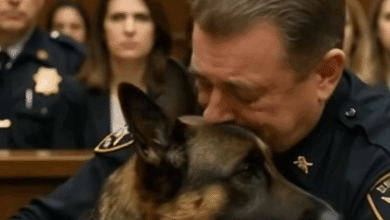Why Is No One Talking About Astronaut Sunita Williams Stuck In Space?

A seemingly normal space mission has devolved into a frightening situation, with minimal media coverage despite its importance. NASA astronaut Sunita Williams and her colleague Butch Wilmore are currently facing a lengthy stay in space due to unforeseen technical challenges.
What was supposed to be a 10-day mission has now lasted more than 50 days, raising fears about their supplies and the mission’s future. The Boeing CST-100 Starliner mission, expected to represent a watershed moment for private space travel, has encountered numerous delays.

Overview of the CST-100 Starliner Mission
The project, designed to demonstrate Boeing’s capabilities as a competitor to SpaceX, has been tarnished by technical difficulties. Following a successful launch on June 5, the Starliner spacecraft docked with the International Space Station (ISS) as scheduled. However, the anticipated return to Earth on June 26 was postponed due to significant issues.

Technical Challenges Faced
The principal concerns originate from the spacecraft’s repeated helium leaks and engine malfunctions. On June 21, Steve Stich, the manager of NASA’s Commercial Crew Program, acknowledged the concerns, stating the mission team was working diligently to correct “small helium system leaks and thruster performance.”
This circumstance highlights the difficulties that arise with the entry of new companies into the space market, especially when compared to SpaceX’s triumphs. The CST-100 Starliner was intended to transport up to seven passengers or a combination of crew and cargo to low Earth orbit (LEO), which encompasses altitudes of up to 2,000 kilometers.

Implications for Future Space Missions
While NASA’s Space Shuttle Program terminated in 2011, requiring private enterprises to fill the void, SpaceX quickly became the first commercial entity to successfully transfer cargo and astronauts to and from the ISS. Boeing’s Starliner was supposed to follow in these footsteps, but its introduction has been hampered by ongoing issues.
A countdown on May 6 was delayed just before liftoff due to a defective pressure valve, leading to numerous additional delays caused by various engineering problems. The Starliner mission was initially designed for an eight-day docking period with the ISS; however, problems with the spacecraft’s valve—critical for regulating rocket fuel—were discovered prior to launch.
Despite initial assurances, the situation deteriorated with five helium leaks and malfunctioning maneuvering thrusters. If the challenges are not resolved, the astronauts may have to return to Earth in SpaceX’s Dragon spacecraft, which is currently docked at the ISS.
Conclusion
Sunita Williams and Butch Wilmore’s extended stay in space underscores the challenges and risks associated with private space missions. While Boeing’s Starliner was meant to challenge SpaceX’s dominance in the U.S. space market, technical difficulties have significantly slowed its progress. This event highlights the necessity for rigorous testing and contingency planning in space flight to ensure the safety and success of future missions.




